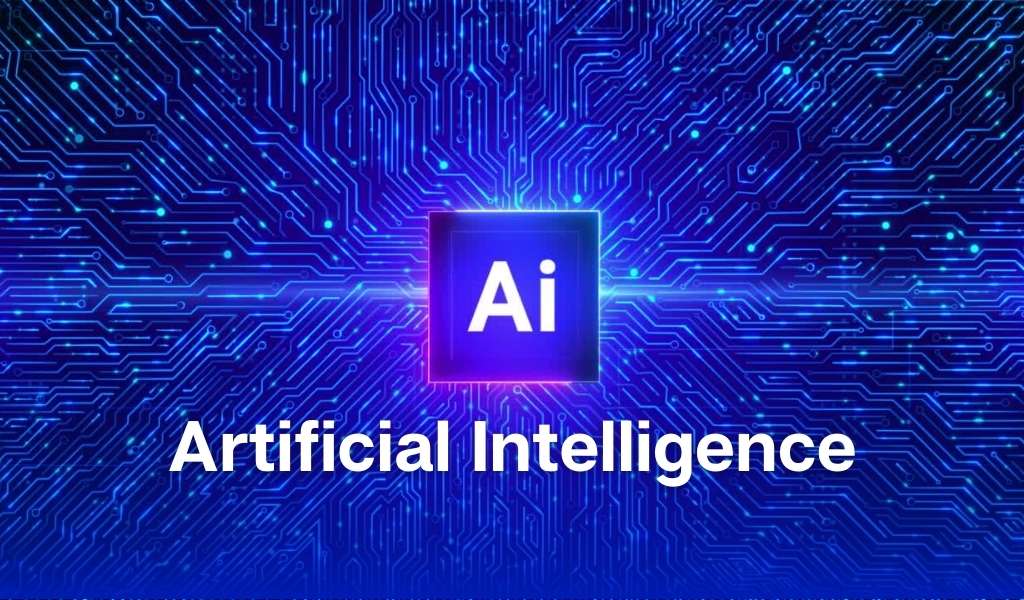As of 2022, the global artificial intelligence industry is valued at $136 billion. And in the next 8 years, the industry is projected to grow by over 13x.
The booming AI technology has touched various fields. Among them, user interface design is also a unique niche.
A lot of manual and mundane design tasks are being automated using AI. For example,
- AI is being used to collect consumer data and process it. This data can then offer insights for creating customer-centric designs.
- Hyper personalization is another way AI is changing how UI designing is done.
- AI is also being used to convert designs directly into code, cutting on a UI designer’s efforts.
Moreover, AI is expected to eliminate 85 million jobs by 2025.
Before panicking, also know that AI will create 97 million new jobs.
The former is likely to happen to lower-end, repetitive jobs. But the latter stands true for high-end jobs with analytical thinking involved.
Now, how many of the eliminated and newly created jobs will be in the UI design niche?
Will UI designers lose their worth and get replaced by AI?
Or will AI become a powerful tool in the hands of ever-so-talented Indian UI designers?
We’ll find out all that and more in this blog right here. Read on.
How is AI helping UI designers?
AI and UI are similar in more ways than one.
- To begin with, both involve analyzing users and their needs.
- Both use data for that.
- And both aim to make the ultimate experience better for the end-users.
And if these two can be brought together, we’d get a nicely brewed, fail-proof concoction for a great user experience.
Here are 5 ways AI can help UI designers and enhance user experience.
Automation of routine tasks
Most designers today spend a lot of time cropping and colour-correcting images. So they have much less time for actual design thinking.
If only there could be something that lets them automate these manual tasks. With AI, that wish has already been granted.
Adobe’s Scene Stitch technology is a great example. It aids designers in correcting, cutting, and reimagining scenes.
And when they no longer have to worry about these manual tasks, they have more time for creative pursuits. That, in turn, helps perfect their design and meet the needs of modern web and mobile app users.
Data analysis for accurate UI testing
User interface designers don’t just design interfaces. They also work closely with design analysts to understand user feedback. And ultimately, optimize their designs accordingly.
More data can be collected with machine learning, a subset of artificial intelligence. And, of course, with higher precision.
Information about page visits, sessions, bounce rates, etc., can be easily processed using AI.
And once analysts have created reports based on data, UI designers will have a gold mine of insights.
These insights can be used to create better interfaces in the future and ramp up an app or website’s UX quotient.
Better information architecture
User interfaces are designed to ensure the easiest possible access to information. The navigation menus, text placement on a page, and more are decided based on the principles of good information architecture.
UI designers already have a good understanding of how the information architecture should be. But AI models can process much more data and create better design layouts.
It will help UI designers work with data-backed insights and customer-centric layouts.
Smart prototyping and wireframing
Before final UIs are created for websites, mobile apps, or other solutions, prototypes and wireframes need to be shared with stakeholders.
These stakeholders include investors, business owners, and sometimes even end-users for gathering their feedback.
Later, the suggestions and feedback have to be factored into these prototypes. Only after approval can the wireframes be turned into actual designs.
The time UI designers spend using traditional tools for prototyping, and wireframing can significantly be cut down using AI-powered tools.
With just a few sketches, the tools can create detailed prototypes. These can be tweaked and customized later.
It will not just save time and effort that goes into the task but also save money. How? Design changes are much easier and cheaper to implement during the prototyping stage than during the development stage.
How can AI be a threat to UI designers?
So far, we have seen how UI designers can minimize their effort by using AI tools.
And as we know, AI is a smart technology that learns and gets better. So can we expect AI to self-learn everything that UI designers do today?
Well, if that happens, AI tools will replace UI designers.
All UI designers? No.
Just the UI designers with limited design thinking capabilities. And those who spend most of their working hours carrying out repeat, non-result-oriented tasks.
But here’s the thing: human touch matters. And that is something AI can never offer, no matter how smart it becomes.
So, expert UI designers who bring to the table an understanding of users and user interfaces will still get to keep their jobs. Those who master AI tools might also become more valuable and, thus, get paid better.
Why?
Well, unlike mathematical models, UI design models are subject to change. Say you get AI to design a UI layout based on its previous understanding of user behaviour.
Your UI may be perfect. But human behaviour is susceptible to change. And a user interface designer might have anticipated such behaviour better than AI due to the human connection.
So, AI will replace the designers of today who do nothing more than repeat mundane tasks. But it cannot replace the UI designers of tomorrow who understand users and put a human touch into lifeless designs.
For them, AI will be a powerful tool that will make them invincible when creating great user experiences.
Where should businesses invest – UI designers or AI technology?
As our discussion would have clarified, UI and AI work best when used together. Either one without the other will give half-baked results.
UI designers without AI expertise will start to lose out on employment opportunities. That’s for sure. And just AI alone also won’t be enough. Human touch was, is, and always will be the most important factor.
For businesses, it is in their best interest to hire a UI designer from India with the required level of artificial intelligence expertise.
That’s the only way to get the best of both worlds.
With Indian UI designers, you will also get a comparative cost advantage. So it is a win-win situation.
So your next step should be to find Indian talent.
How?
You can hire freelancers, UI design firms, and even onboard remote full-time employees. But the best method now is to connect with talent agencies.
Such agencies or platform has a pool of top Indian talent, pre-vetted and screened. All you need to do is tell them your requirements and get matched with a suitable candidate. You can interview them before onboarding. And also request replacement later on if the candidate doesn’t fit your work culture.
Moreover, you will be saved from having to bear overhead costs too. So, don’t wait up. Leverage the best of AI with UI designers from India and get started today.

















